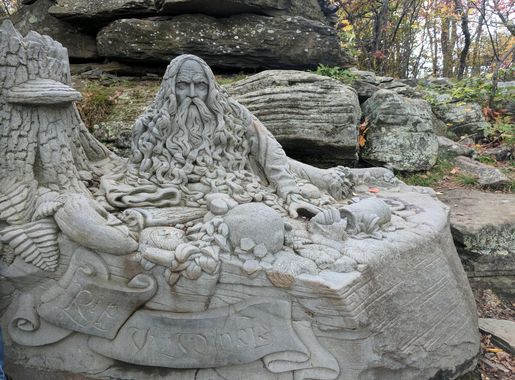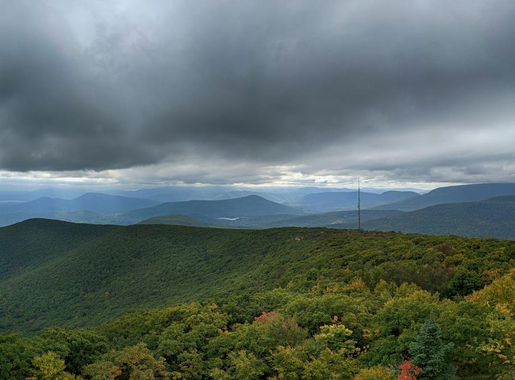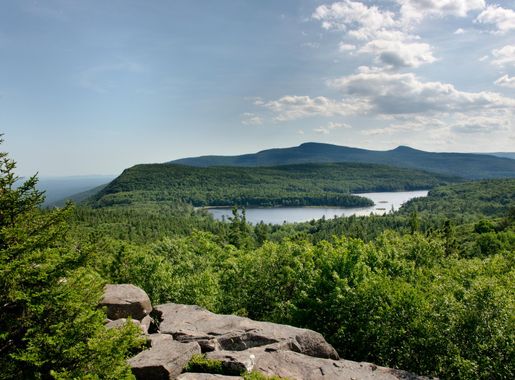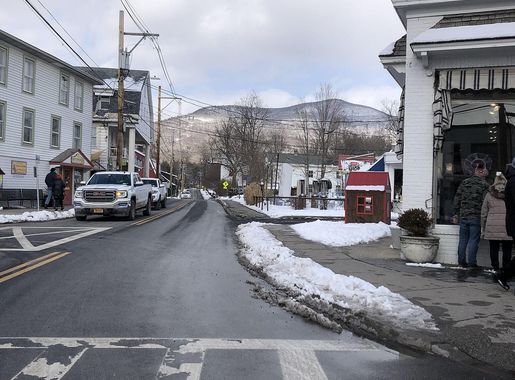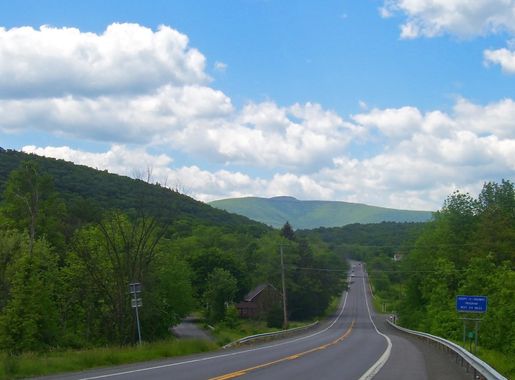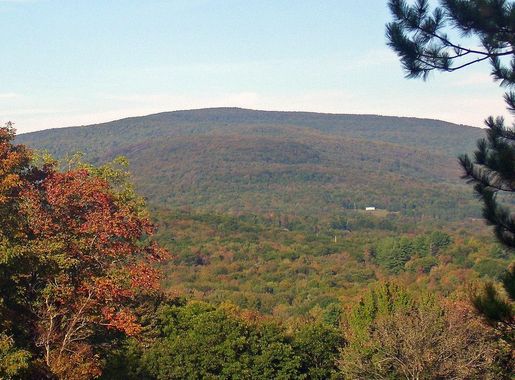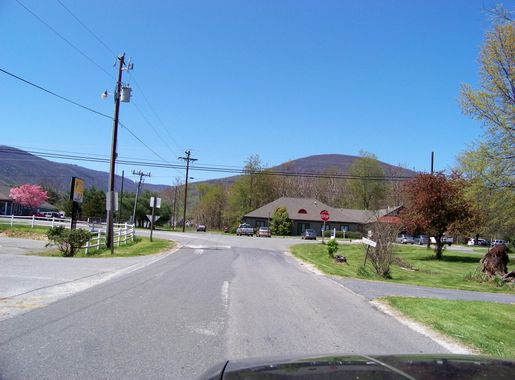
The Enchanting Catskill Mountains: Nature's Haven in New York
Discover the Catskill Mountains: A picturesque retreat in New York offering hiking, fishing, charming towns, and rich history for an unforgettable nature escape.
Nestled in the southeastern part of New York State, the Catskill Mountains offer a splendid retreat into nature. This picturesque region, renowned for its lush forests, cascading waterfalls, and scenic vistas, is a haven for outdoor enthusiasts and nature lovers alike. Whether you're an avid hiker, a passionate angler, or someone seeking a peaceful escape, the Catskills have something to offer. The region boasts an extensive network of hiking trails that cater to all levels of experience. From the challenging ascents of Slide Mountain, the highest peak in the Catskills, to the more leisurely walks along the Kaaterskill Falls, there are trails for everyone. The breathtaking views from the mountain tops, especially during the fall when the foliage turns vibrant shades of red and gold, are truly unforgettable. Beyond hiking, the Catskills are also famous for their streams and rivers, making it a prime destination for fishing. The area is particularly known for its trout streams, and fly fishing is a popular activity here. Additionally, the Catskills are dotted with charming towns and villages, each with its own unique character and attractions, from antique shops and art galleries to cozy cafes and farm-to-table restaurants. Visiting these small towns gives you a taste of the local culture and hospitality. For those interested in history and culture, the Catskills have plenty to offer. The region has a rich history, being known as the birthplace of the American conservation movement and home to the Hudson River School of painting. Historical sites and museums provide insights into the area's past and its significance in American art and conservation. Whether you're looking to immerse yourself in nature, explore quaint towns, or delve into history, the Catskill Mountains provide a perfect getaway. The combination of natural beauty and cultural richness makes it an ideal destination for a memorable vacation.
Local tips in Catskill Mountains
- Best time to visit is during the fall for the stunning foliage.
- Wear sturdy hiking boots as some trails can be rugged.
- Bring a map or GPS device; cell service can be spotty in the mountains.
- Check local fishing regulations if planning to fish.
- Visit the small towns for unique local shops and eateries.
The Enchanting Catskill Mountains: Nature's Haven in New York
Nestled in the southeastern part of New York State, the Catskill Mountains offer a splendid retreat into nature. This picturesque region, renowned for its lush forests, cascading waterfalls, and scenic vistas, is a haven for outdoor enthusiasts and nature lovers alike. Whether you're an avid hiker, a passionate angler, or someone seeking a peaceful escape, the Catskills have something to offer. The region boasts an extensive network of hiking trails that cater to all levels of experience. From the challenging ascents of Slide Mountain, the highest peak in the Catskills, to the more leisurely walks along the Kaaterskill Falls, there are trails for everyone. The breathtaking views from the mountain tops, especially during the fall when the foliage turns vibrant shades of red and gold, are truly unforgettable. Beyond hiking, the Catskills are also famous for their streams and rivers, making it a prime destination for fishing. The area is particularly known for its trout streams, and fly fishing is a popular activity here. Additionally, the Catskills are dotted with charming towns and villages, each with its own unique character and attractions, from antique shops and art galleries to cozy cafes and farm-to-table restaurants. Visiting these small towns gives you a taste of the local culture and hospitality. For those interested in history and culture, the Catskills have plenty to offer. The region has a rich history, being known as the birthplace of the American conservation movement and home to the Hudson River School of painting. Historical sites and museums provide insights into the area's past and its significance in American art and conservation. Whether you're looking to immerse yourself in nature, explore quaint towns, or delve into history, the Catskill Mountains provide a perfect getaway. The combination of natural beauty and cultural richness makes it an ideal destination for a memorable vacation.
When is the best time to go to Catskill Mountains?
Iconic landmarks you can’t miss
Slide Mountain Wilderness
Explore the breathtaking Slide Mountain Wilderness in the Catskills, a paradise for hikers and nature lovers alike, offering stunning views and rich wildlife.

Catskill Mountain House Site
Explore the historic Catskill Mountain House Site, where breathtaking views and rich history meet in the heart of the Catskill Mountains.

Slide Mountain
Discover the breathtaking beauty of Slide Mountain, the highest peak in New York's Catskills, offering stunning views and adventurous hiking trails.
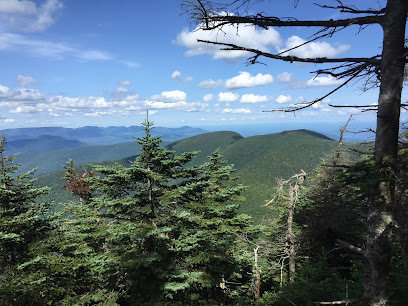
Unmissable attractions to see
Vanderbilt Mansion National Historic Site
Discover the opulence of America's Gilded Age at Vanderbilt Mansion National Historic Site, a stunning blend of history, architecture, and nature in Hyde Park, NY.
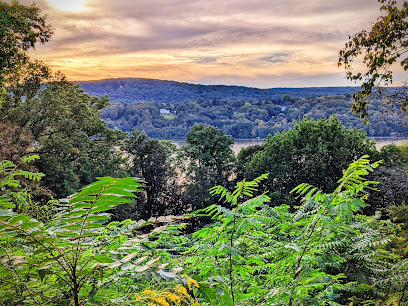
Museum At Bethel Woods
Discover the legacy of the 1960s and the Woodstock Festival at the Museum at Bethel Woods, a cultural gem in New York.
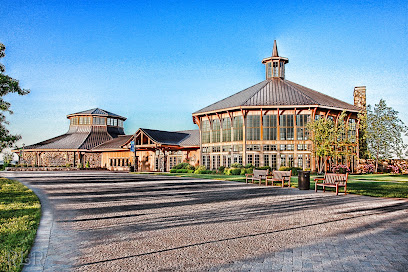
Kaaterskill Wild Forest
Discover the tranquil beauty and outdoor adventures waiting for you at Kaaterskill Wild Forest in the Catskill Mountains of New York.
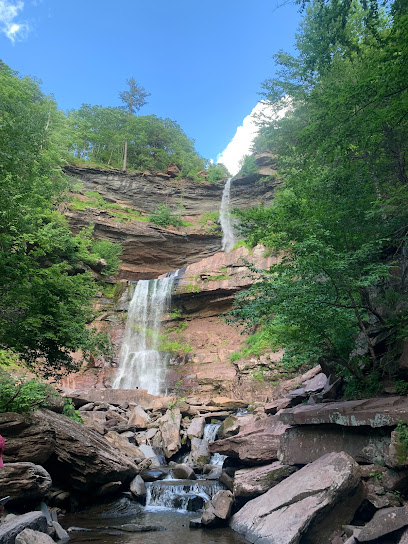
Kaaterskill Falls Trail Head (no parking here)
Explore the breathtaking beauty of Kaaterskill Falls Trail Head, a top hiking spot in the Catskill Mountains known for stunning waterfalls and scenic trails.
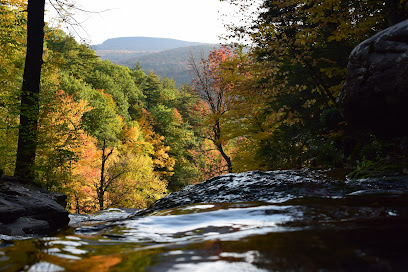
Bailiwick Animal Park and Riding Stables
Experience the magic of wildlife and horseback riding at Bailiwick Animal Park and Riding Stables in Catskill, NY, a perfect family-friendly adventure.
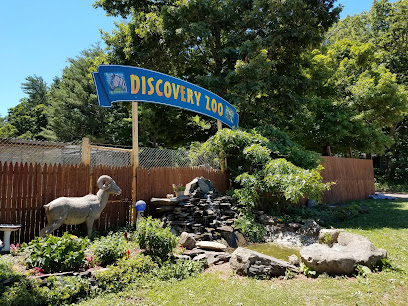
Falling Waters Preserve
Experience the serene beauty of Falling Waters Preserve, where stunning waterfalls and lush landscapes await nature lovers and outdoor enthusiasts.
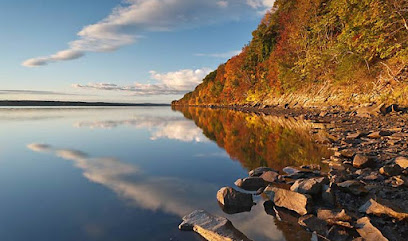
Stone Arch Bridge Historical Park
Explore the serene beauty and historical significance of Stone Arch Bridge Historical Park in Kenoza Lake, New York, a perfect escape for nature lovers and history enthusiasts.

Ashokan Rail Trail- Woodstock Dike Trailhead
Explore the Ashokan Rail Trail: a scenic hiking path offering stunning views of the Catskills and Ashokan Reservoir, perfect for outdoor enthusiasts and nature lovers.
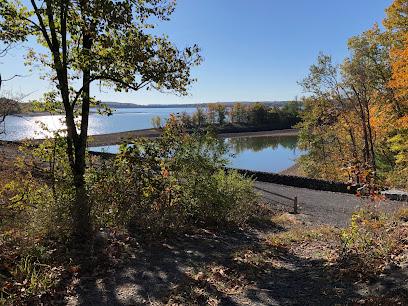
Slide Mountain Wilderness
Experience the breathtaking beauty of Slide Mountain Wilderness, a premier hiking destination in the Catskills, offering stunning views and diverse wildlife.
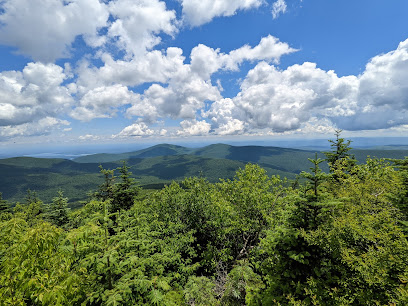
Ashokan Reservoir
Experience the breathtaking beauty and tranquility of Ashokan Reservoir, a stunning natural wonder in New York perfect for outdoor enthusiasts and nature lovers.

Catskills Visitor Center
Uncover the wonders of the Catskill Mountains at the Catskills Visitor Center, your gateway to adventure and exploration in New York's scenic wilderness.
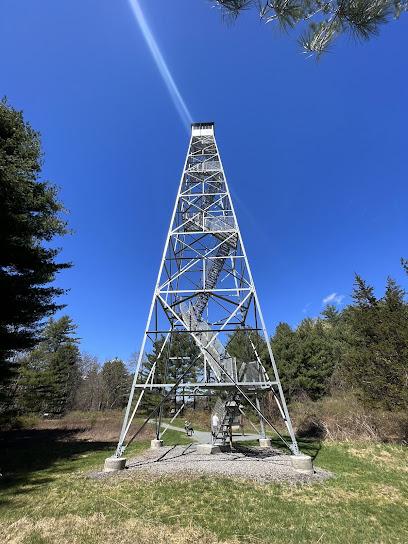
Catskill Mountain House Site
Explore the historic Catskill Mountain House Site in Palenville, NY, where breathtaking vistas meet rich American heritage in the heart of nature.

Ashokan Reservoir, New York
Experience the breathtaking beauty of Ashokan Reservoir, a serene oasis in the Catskill Mountains perfect for outdoor adventures and relaxation.
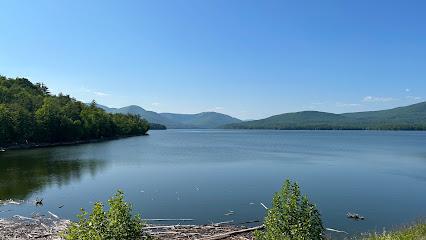
Time And The Valleys Museum
Explore the intertwining histories of the Catskills and New York City at the Time And The Valleys Museum in Grahamsville, NY.
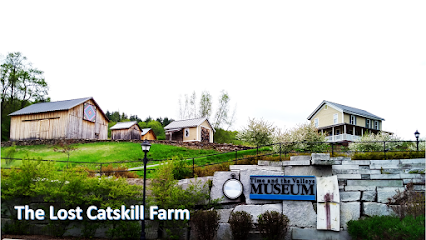
Bastion Falls
Discover the serene beauty of Bastion Falls in Haines Falls, NY—an idyllic nature preserve perfect for outdoor enthusiasts and nature lovers.
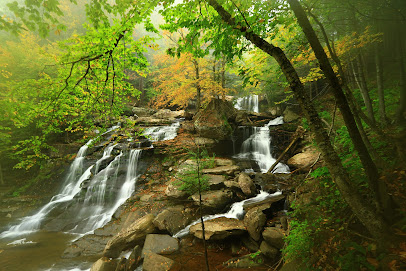
Essential places to dine
Phoenicia Diner
Discover Phoenicia Diner: A charming spot for breakfast and brunch in New York's scenic Catskills region.
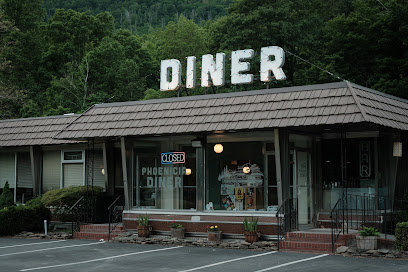
Barnwood Restaurant
Experience delightful American cuisine at Barnwood Restaurant in Catskill – where local flavors meet rustic charm.
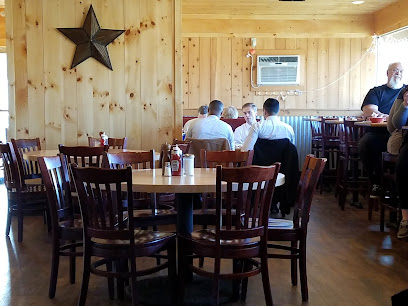
Ambrosia Diner
Discover the charm of Ambrosia Diner in Catskill - where delicious American breakfast meets cozy ambiance.
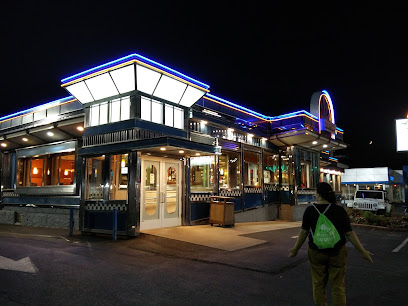
Brio's
Discover Brio's in Phoenicia: A delightful eatery offering authentic pizza and baked goods amidst the stunning Catskill Mountains.
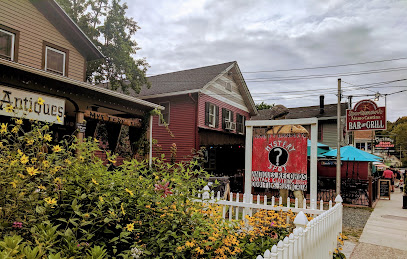
SILVIA
Experience exquisite New American cuisine at SILVIA in Woodstock—where seasonal flavors meet warm hospitality.
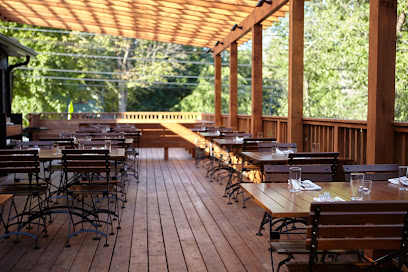
Peekamoose Restaurant
Experience the best of American cuisine in the scenic Catskills at Peekamoose Restaurant—where local flavors meet exquisite dining.
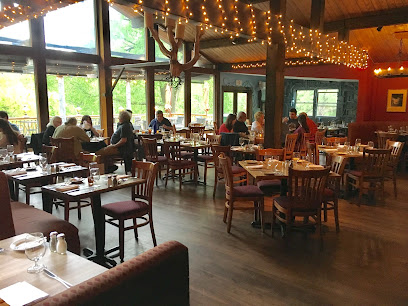
Pomodoro's Italian Eatery
Experience the rich flavors of Italy at Pomodoro's Italian Eatery in Catskill - where every meal feels like a warm embrace.
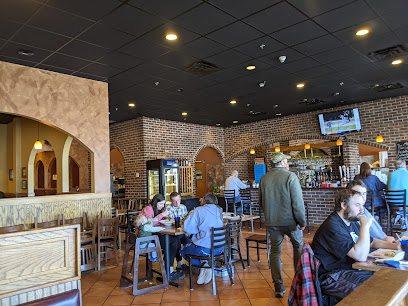
New York Restaurant
Experience the rich flavors of New American and Polish cuisines at Catskill's favorite dining spot - New York Restaurant.

Frank Guido's Port of Call
Discover Frank Guido's Port of Call - where fresh seafood meets warm hospitality in the heart of Catskill.
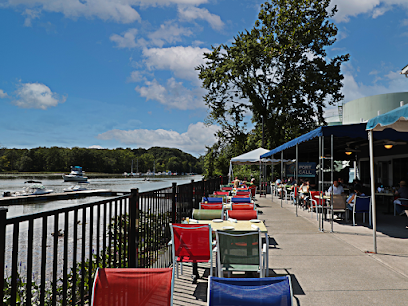
Catskill Mountain Pizza Co
Discover mouth-watering pizzas at Catskill Mountain Pizza Co in Woodstock - where fresh ingredients meet cozy charm.

Creekside
Discover Creekside in Catskill for an unforgettable American dining experience with delicious food and refreshing drinks in a cozy atmosphere.
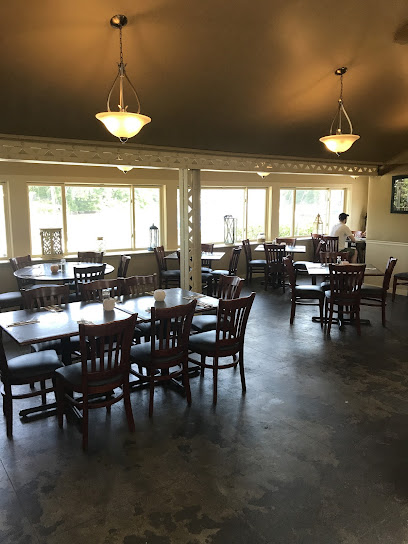
The Egg's Nest
Experience delightful breakfasts at The Egg's Nest in High Falls - where fresh ingredients meet New American flavors.
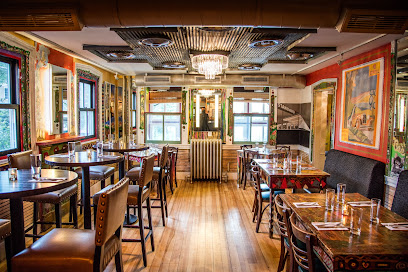
La Conca D'oro
Experience authentic Italian cuisine at La Conca D'oro in Catskill - where every meal is a journey through Italy's rich culinary heritage.
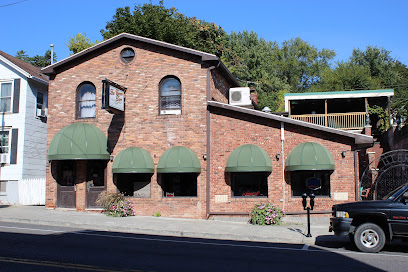
Prospect
Experience delightful American cuisine amidst stunning views at Prospect in Hunter, NY – where every meal is a celebration of flavor.
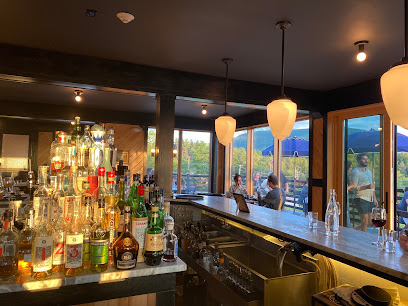
Sportsman's Alamo Cantina
Experience delightful Mexican grill cuisine at Sportsman's Alamo Cantina in scenic Phoenicia, NY – where flavor meets hospitality.
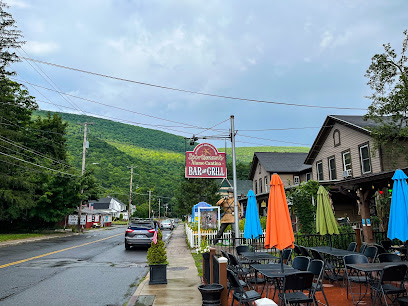
Markets, malls and hidden boutiques
Catskill Mountain Country Store - Windham
Explore the Catskill Mountain Country Store for unique gifts, delicious baked goods, and a cozy dining experience in the heart of Windham.
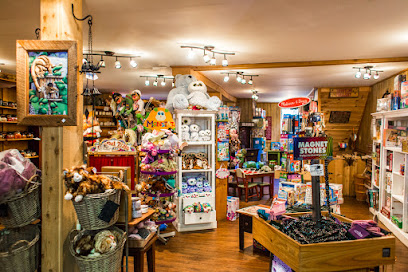
Maeve's Place
Discover the charm of Maeve's Place in Phoenicia, NY—where artisanal coffee meets local hospitality in a cozy, vibrant atmosphere.
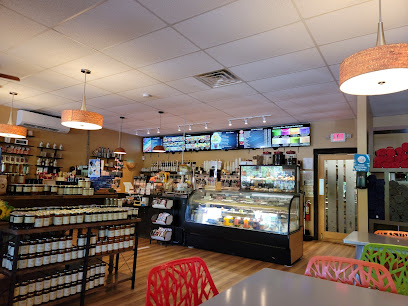
Fabulous Furniture
Explore Fabulous Furniture in Boiceville, NY - a treasure trove of unique and stylish furniture pieces that transform your living space.
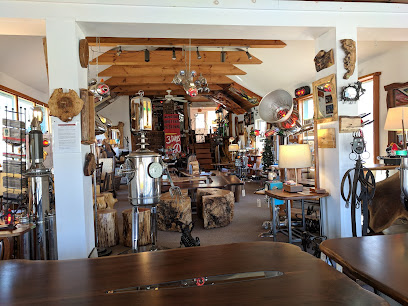
Nest Egg
Discover unique gifts and local crafts at Nest Egg, the charming gift shop in Phoenicia, NY, perfect for capturing the essence of your visit.
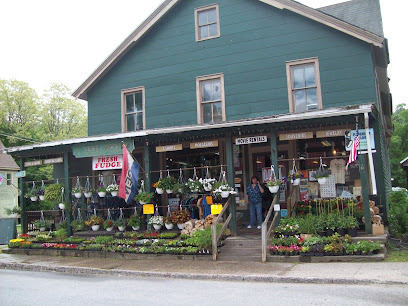
Cat on the Corner
Discover Cat on the Corner in Catskill, NY - a unique gift shop for cat lovers featuring whimsical treasures and heartfelt finds.
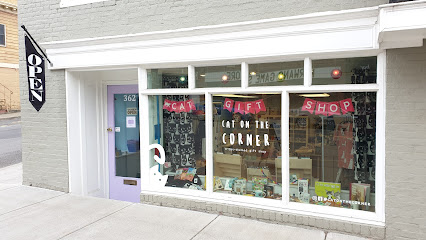
Sparkle
Explore the vibrant spirit of Woodstock at Sparkle, where unique women's fashion, accessories, and toys meet local artistry.
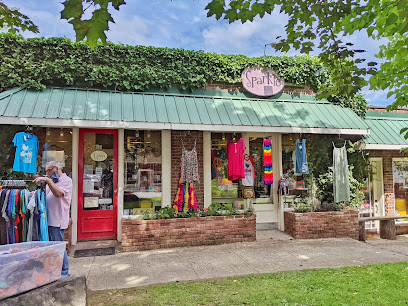
Charming But Cheap & Possibly Antique
Explore a unique antique store and used book haven in Fleischmanns, NY, featuring vintage treasures and literary gems.
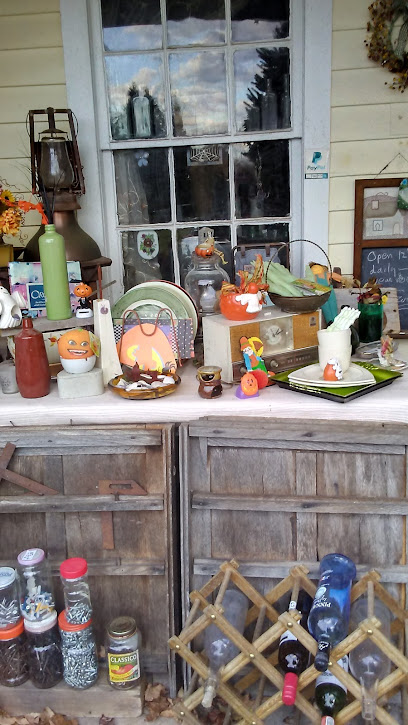
Mahalo Gift Shop
Explore unique gifts and local artisan treasures at Mahalo Gift Shop in Catskill, NY, a must-visit for every traveler seeking souvenirs.
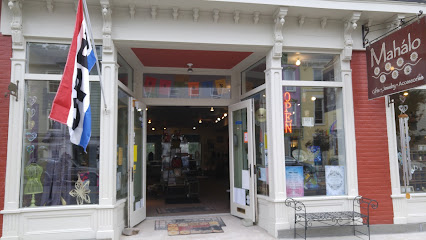
Catskill Outfitters
Discover Catskill Outfitters: Your one-stop shop for fishing gear, camping supplies, and outdoor adventure in the beautiful Catskills.
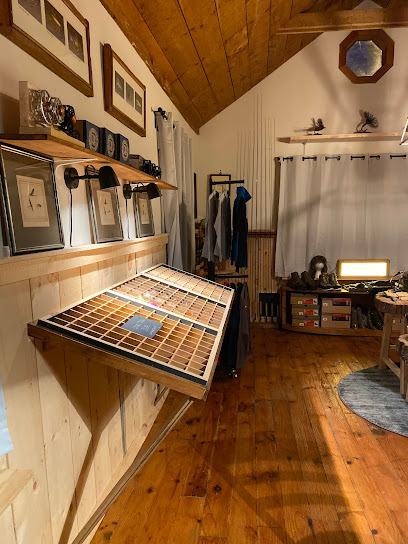
Modern Mythology
Explore Modern Mythology, a boutique in Woodstock, NY, offering unique gifts, handcrafted decor, and a taste of local artistry.
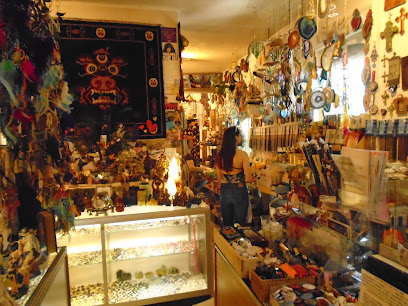
Woodstock Emporium & Holiday Haus
Explore Woodstock Emporium & Holiday Haus for unique gifts and local crafts in the heart of Woodstock, NY, celebrating the town's rich artistic heritage.
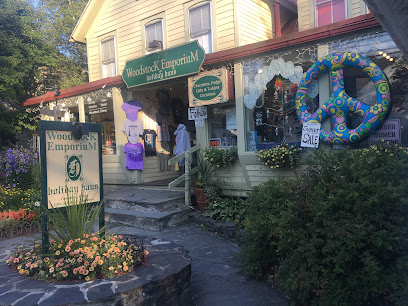
European Craft Store
Explore the European Craft Store in Windham, NY for unique handcrafted treasures and a vibrant local artisan experience.
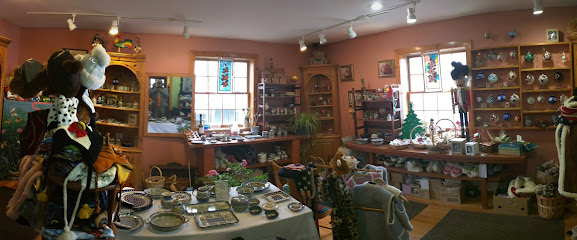
Carole's Gift Emporium
Explore Carole's Gift Emporium in Windham, NY for unique gifts, local crafts, and a delightful shopping experience that captures the heart of the region.
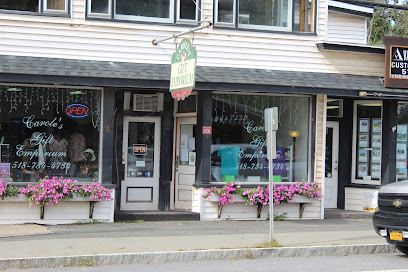
Rustic Mountain
Explore Rustic Mountain in Tannersville, NY, your premier destination for unique home goods and charming decor that captures the spirit of the mountains.
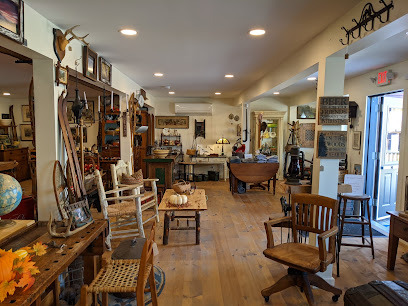
High Rock Home
Explore High Rock Home for unique home goods and decor that reflect your style in the heart of Catskill, NY.
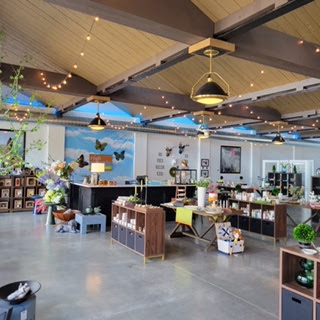
Essential bars & hidden hideouts
Phoenicia Diner
Experience the perfect blend of classic diner charm and modern culinary delights at Phoenicia Diner in the scenic Catskills.
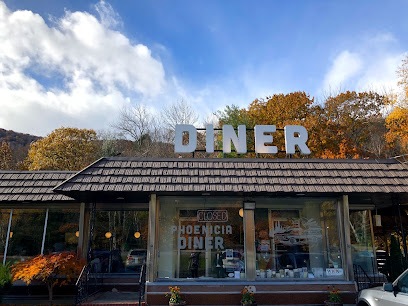
Colony
Experience the perfect blend of exceptional dining and captivating live performances at Colony in Woodstock, NY.

Creekside
Discover Creekside, a charming American restaurant in Catskill, offering a delightful menu and a cozy atmosphere perfect for your dining experience.
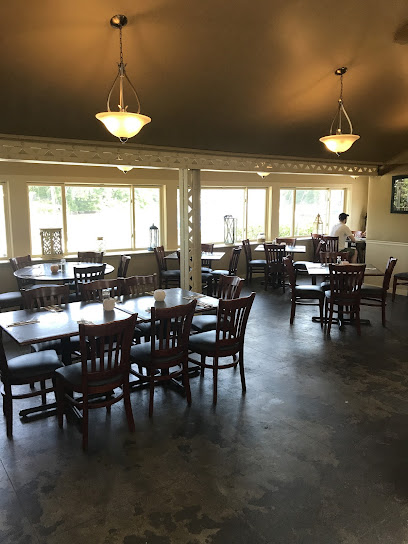
Rip Van Winkle Brewing Company
Experience the perfect blend of handcrafted brews and Italian cuisine at Rip Van Winkle Brewing Company in the heart of Catskill, New York.
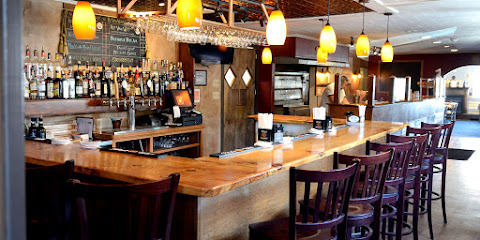
Pearl Moon Woodstock
Discover the heart of Woodstock at Pearl Moon, where great food, refreshing drinks, and live music come together in a vibrant atmosphere.
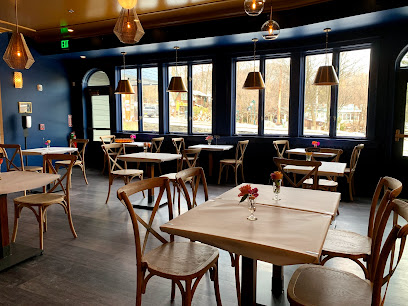
Hurley Mountain Inn
Experience the authentic taste of America at Hurley Mountain Inn, where great food meets a lively sports bar atmosphere in the heart of Hurley, NY.
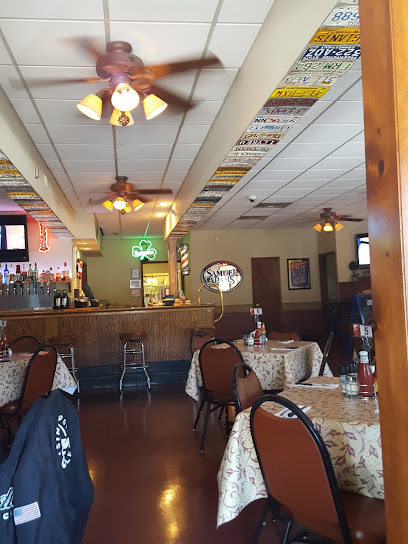
Tap House Grille
Experience the best of Windham dining at Tap House Grille, where delicious food meets a vibrant atmosphere in the heart of the Catskills.
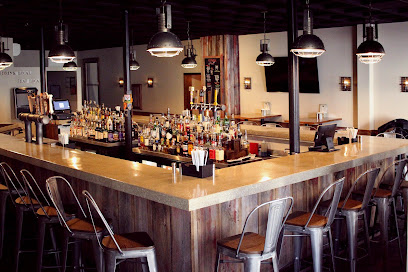
The Paper Mill Restaurant, Bar & Events
Discover culinary delight at The Paper Mill Restaurant, Bar & Events in Napanoch, where rustic charm meets modern cuisine amidst stunning landscapes.
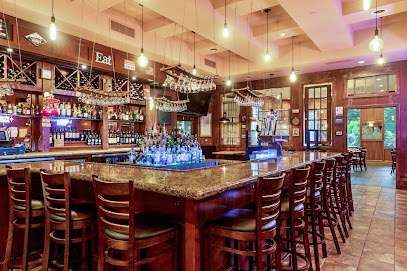
Station Bar & Curio
Explore Station Bar & Curio in Woodstock, NY – a vibrant bar offering local flavors, live music, and a cozy atmosphere for the perfect evening.
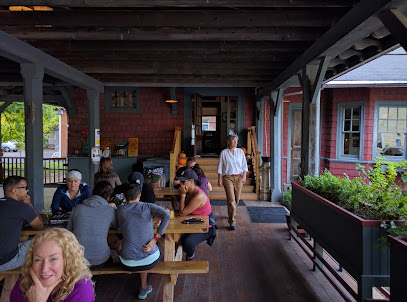
Prospect
Experience the essence of American cuisine at Prospect, a hidden gem in Hunter, NY, known for its seasonal dishes and local ingredients.
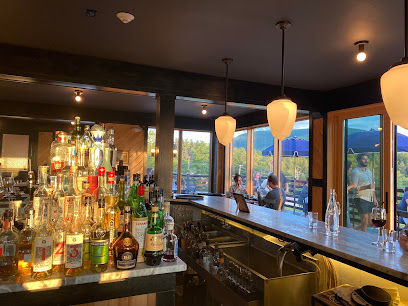
Sportsman's Alamo Cantina
Discover the perfect blend of American grill and Mexican flavors at Sportsman's Alamo Cantina in Phoenicia, New York.
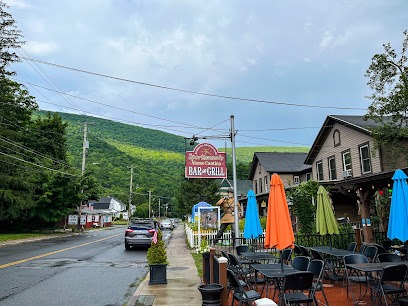
Subversive Malting + Brewing
Experience the best of Catskill's craft beer scene at Subversive Malting + Brewing, where exceptional flavors meet a welcoming atmosphere.
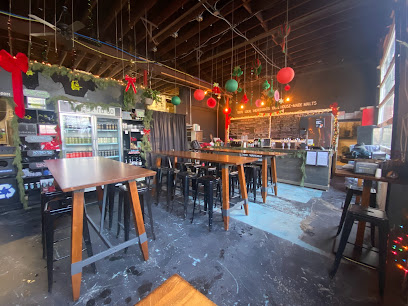
The Pines
Experience the best of American cuisine at The Pines, where local flavors meet a cozy atmosphere in the heart of the Catskills.
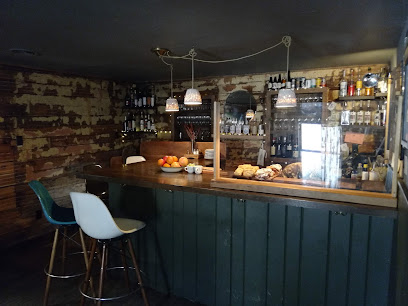
Pig Bar
Experience the vibrant flavors of American grill cuisine at Pig Bar, your go-to spot in Saugerties for great food and a lively atmosphere.
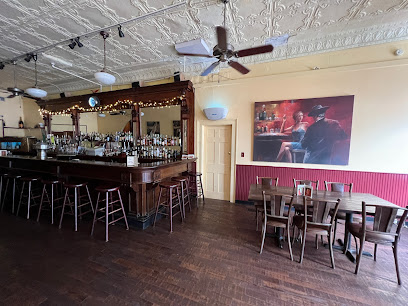
Ronnie Mac Gregor's Pub
Discover the inviting ambiance and delicious fare at Ronnie Mac Gregor's Pub, a must-visit spot in Hunter, NY for an authentic local experience.
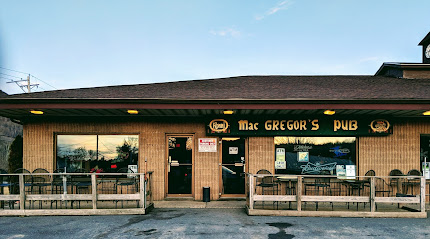
Local Phrases about Catskill Mountains
-
- HelloHowdy
[h-ow-d-ee] - GoodbyeSee ya
[s-ee y-ah] - YesYup
[y-uh-p] - NoNah
[n-ah] - Please/You're welcomePlease/No problem
[pl-ee-z/n-oh pr-ah-b-l-em] - Thank youThanks
[th-ah-n-k-s] - Excuse me/SorryPardon me/My bad
[p-ah-r-d-uh-n m-ee/m-ah-y b-ah-d] - How are you?How ya doin'?
[h-ow y-ah d-oo-ih-n] - Fine. And you?Good. How 'bout you?
[g-oo-d. h-ow b-ow-t y-oo] - Do you speak English?Ya speak English?
[y-ah sp-ee-k- ih-ng-g-l-ih-sh] - I don't understandI'm lost
[ah-m l-aw-s-t]
- HelloHowdy
-
- I'd like to see the menu, pleaseI'd like to see what's cookin', please
[ah-d l-ay-k t-oo s-ee wh-ah-t-s c-oo-k-ih-n, pl-ee-z] - I don't eat meatI don't eat critters
[ah d-ow-n-t- ee-t kr-ih-t-er-z] - Cheers!Cheers!
[ch-ee-r-z] - I would like to pay, pleaseI'll settle up, please
[ah-l s-eh-t-l- ah-p, pl-ee-z]
- I'd like to see the menu, pleaseI'd like to see what's cookin', please
-
- Help!Help!
[h-eh-l-p] - Go away!Shoo!
[sh-oo] - Call the Police!Get the cops!
[g-eh-t th-uh k-ah-ps] - Call a doctor!Get me a doc!
[g-eh-t m-ee ah d-ah-k] - I'm lostI'm lost
[ah-m l-aw-s-t] - I'm illI'm feelin' under the weather
[ah-m f-ee-l-ih-n' ah-n-d-er th-uh w-eh-th-er]
- Help!Help!
-
- I'd like to buy...I'm lookin' to purchase...
[ah-m l-oo-k-ih-n t-oo p-er-ch-ah-s] - I'm just lookingI'm just browsin'
[ah-m j-oo-s-t br-ow-z-ih-n] - How much is it?What's the damage?
[wh-ah-t-s th-uh d-ah-m-ah-j] - That's too expensiveThat's a bit pricey
[th-ah-t-s ah b-ih-t pr-ay-s-iy] - Can you lower the price?Could ya cut me a deal?
[c-oo-ld y-ah k-uh-t m-ee ah d-ee-l]
- I'd like to buy...I'm lookin' to purchase...
-
- What time is it?What's the time?
[wh-ah-t-s th-uh t-ah-m] - It's one o'clockIt's one
[ih-ts w-ah-n] - Half past (10)It's halfway to ten
[ih-ts h-ah-f-w-ey t-oo t-eh-n] - MorningMornin'
[m-oh-r-n-ih-n] - AfternoonAfternoon
[ae-f-t-er-n-oo-n] - EveningEvenin'
[ih-v-eh-n-ih-n] - YesterdayYest'day
[y-eh-s-t-d-ay] - TodayToday
[t-uh-d-ay] - TomorrowTomorrah
[t-ah-m-ah-r-ah] - 1One
[w-ah-n] - 2Two
[t-oo] - 3Three
[th-r-ee] - 4Four
[f-oh-r] - 5Five
[f-ay-v] - 6Six
[s-ih-k-s] - 7Seven
[s-eh-v-eh-n] - 8Eight
[ay-t] - 9Nine
[n-ay-n] - 10Ten
[t-eh-n]
- What time is it?What's the time?
-
- Where's a/the...?Where's the...?
[wh-er-s th-uh] - What's the address?Where's it located?
[wh-er-s ih-t l-ow-k-ey-t-ed] - Can you show me (on the map)?Can ya point it out?
[c-ah-n y-ah p-oy-n-t ih-t- aw-t] - When's the next (bus)?When's the next ride?
[wh-eh-n-s th-uh n-eh-k-s-t r-ay-d] - A ticket (to ....)A pass (to ....)
[ah p-ah-s (t-oo)]
- Where's a/the...?Where's the...?
History of Catskill Mountains
-
The Catskill Mountains have been home to Native American tribes for thousands of years, including the Mohican and Lenape people. These indigenous tribes utilized the rich resources of the region for hunting, fishing, and agriculture. They also left behind numerous artifacts, including pottery and arrowheads, as well as place names that are still in use today.
-
In 1609, the English explorer Henry Hudson, sailing for the Dutch East India Company, became the first European to explore the region. His journey up the river that now bears his name marked the beginning of European interest in this lush and mountainous area. Hudson's encounter with the Native Americans and his subsequent reports laid the groundwork for future settlements.
-
Following Hudson’s exploration, Dutch settlers began to colonize the region in the early 17th century. They established fur trading posts and small farming communities. The Dutch influence is still evident in many place names and architectural styles throughout the Catskills.
-
The Catskill Mountains played a strategic role during the American Revolution. The rugged terrain provided shelter for Patriot forces and served as a barrier against British advancement. Several skirmishes took place in the region, and local militia groups were actively involved in the fight for independence.
-
In the early 19th century, the Catskills became the birthplace of the Hudson River School, a movement of American landscape painting. Artists like Thomas Cole and Frederic Church were inspired by the majestic scenery of the Catskill Mountains and created works that celebrated the natural beauty of the American wilderness. This movement significantly boosted the region's popularity as a tourist destination.
-
From the mid-19th to the mid-20th century, the Catskills emerged as a premier vacation destination, particularly for New York City residents. Grand hotels and resorts like the Catskill Mountain House and the Overlook Mountain House catered to the affluent, while numerous smaller hotels and boarding houses served middle-class families. The region became known as the 'Jewish Alps' due to its popularity among Jewish vacationers.
-
During the 20th century, the Catskills became synonymous with the Borscht Belt, a string of resorts that became a cultural hub for Jewish Americans. These resorts offered entertainment, including performances by comedians like Mel Brooks and Rodney Dangerfield, and musicians like Duke Ellington. The Borscht Belt played a significant role in shaping American entertainment and culture.
-
The natural beauty of the Catskills has long inspired efforts to preserve its landscapes. In 1904, the Catskill Forest Preserve was established, protecting over 700,000 acres of wilderness. This commitment to conservation has continued, with numerous state parks and protected areas ensuring that the region's natural splendor remains intact for future generations.
-
In recent years, the Catskill Mountains have experienced a cultural revival, attracting artists, musicians, and writers drawn by the region's scenic beauty and vibrant communities. Festivals, farmers' markets, and outdoor activities have flourished, making the Catskills a contemporary cultural hotspot while retaining its historic charm.
Catskill Mountains Essentials
-
The Catskill Mountains are located in southeastern New York State. The nearest major airports are Albany International Airport (ALB) and Stewart International Airport (SWF), both approximately 1 to 1.5 hours away by car. From New York City, the Catskills are about a 2 to 3-hour drive. You can also take a bus from Port Authority Bus Terminal in NYC to various towns in the Catskills via services like Trailways or Coach USA.
-
Once in the Catskills, having a car is the most convenient way to explore the region. Car rentals are available at nearby airports and in major towns. Limited public transportation is available, including local bus services, but they may not cover all areas. Biking and hiking are popular for shorter distances. Taxis and ride-sharing services like Uber and Lyft are available but may be sparse in remote areas.
-
The official currency is the US Dollar (USD). Credit and debit cards are widely accepted at most hotels, restaurants, and shops. However, it is advisable to carry some cash for smaller establishments, farmers' markets, and remote areas. ATMs are available in larger towns and tourist spots.
-
The Catskills are generally safe for tourists. Standard safety precautions should be taken, such as not leaving valuables in plain sight in your car and being mindful of your surroundings, especially at night. While there are no specific high-crime areas targeting tourists, staying in well-populated and well-lit areas is advisable.
-
In case of emergency, dial 911 for immediate assistance. Emergency services, including police, fire, and medical facilities, are available throughout the region. It is recommended to carry travel insurance that covers medical emergencies. For minor health issues, pharmacies are available in larger towns.
-
Fashion: Do wear comfortable, weather-appropriate clothing; layers are advisable due to variable mountain weather. Don't wear high heels or impractical shoes if you plan on hiking or exploring nature trails. Religion: Do respect local religious sites and customs. Public Transport: Do be punctual and respectful to fellow passengers. Don't expect extensive public transportation options; plan accordingly. Greetings: Do greet people with a smile or a handshake. Don't be overly formal; the region is known for its relaxed vibe. Eating & Drinking: Do try local specialties and farm-to-table cuisine. Don't forget to tip, generally 15-20% at restaurants.
-
To experience the Catskills like a local, visit the numerous farmers' markets for fresh, local produce. Engage in outdoor activities such as hiking, fishing, and kayaking to fully appreciate the natural beauty. Attend local festivals and events to immerse yourself in the community spirit. Don’t miss the chance to visit small towns like Woodstock, Phoenicia, and Tannersville for unique shops, art galleries, and local eateries.
Nearby Cities to Catskill Mountains
-
Things To Do in Hudson
-
Things To Do in Albany
-
Things To Do in Danbury
-
Things To Do in White Plains
-
Things To Do in Waterbury
-
Things To Do in Paterson
-
Things To Do in Scranton
-
Things To Do in Greenwich
-
Things To Do in Yonkers
-
Things To Do in Stamford
-
Things To Do in Norwalk
-
Things To Do in Saratoga Springs
-
Things To Do in Bridgeport
-
Things To Do in Bennington
-
Things To Do in New Britain


